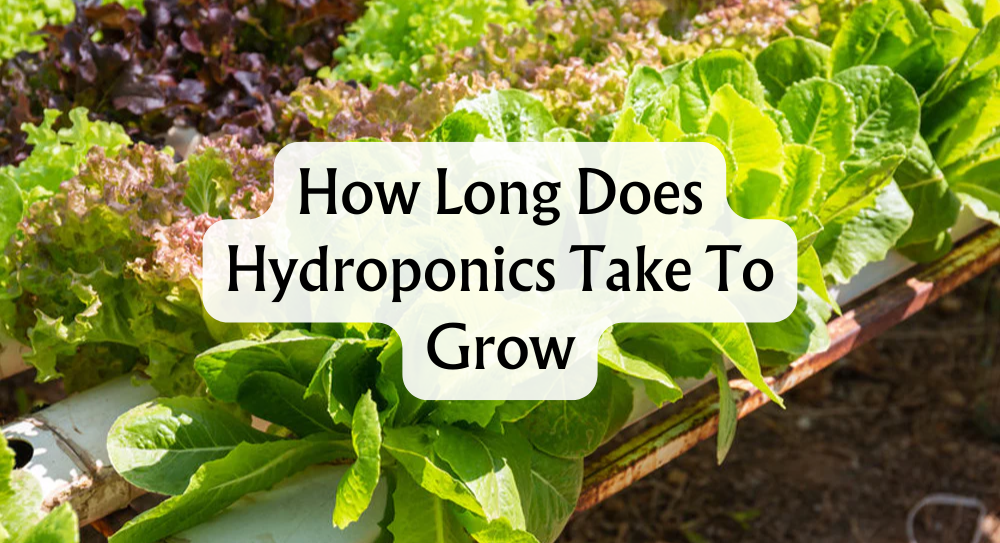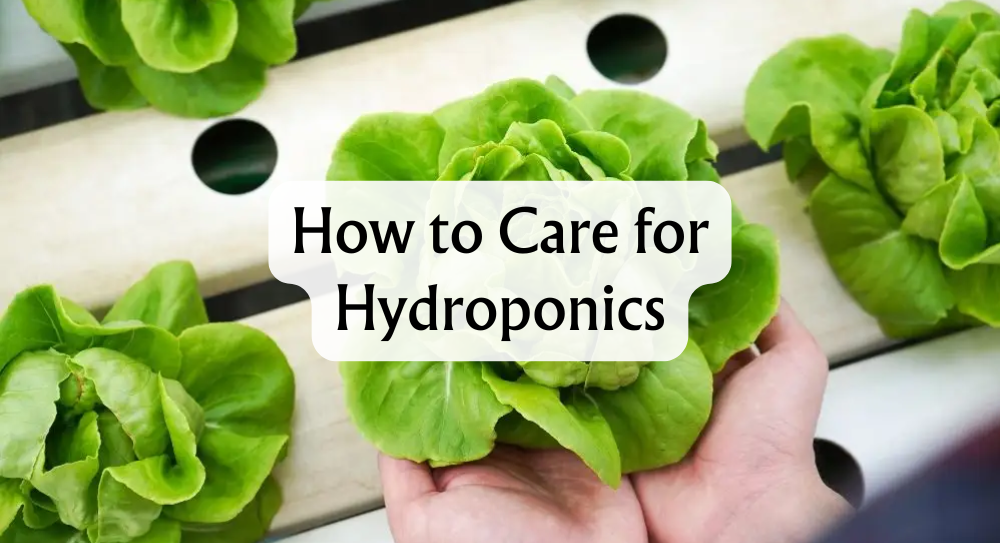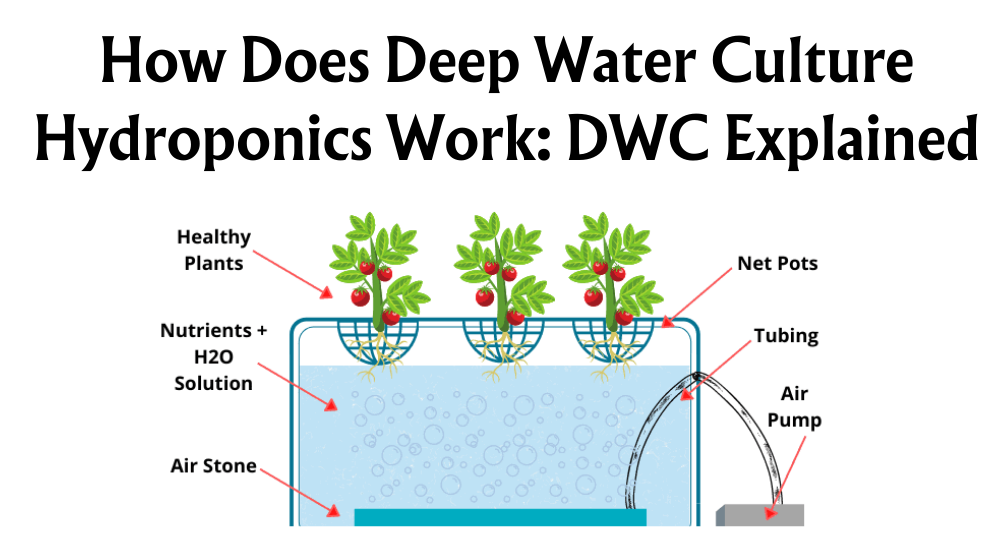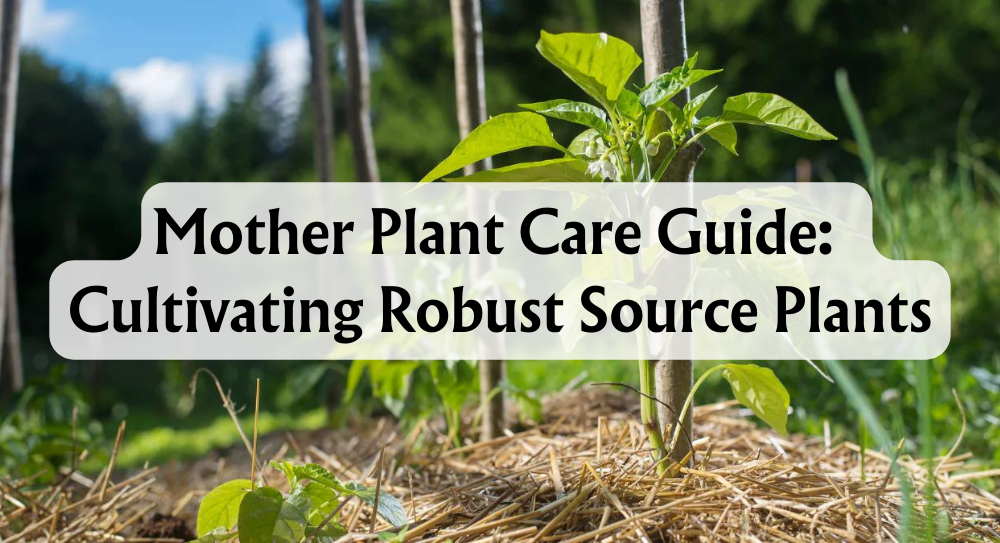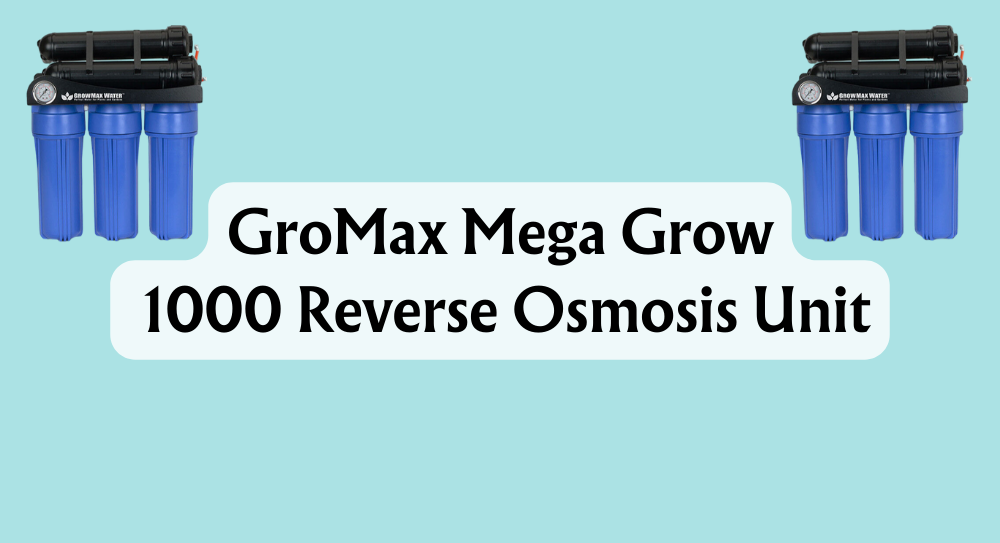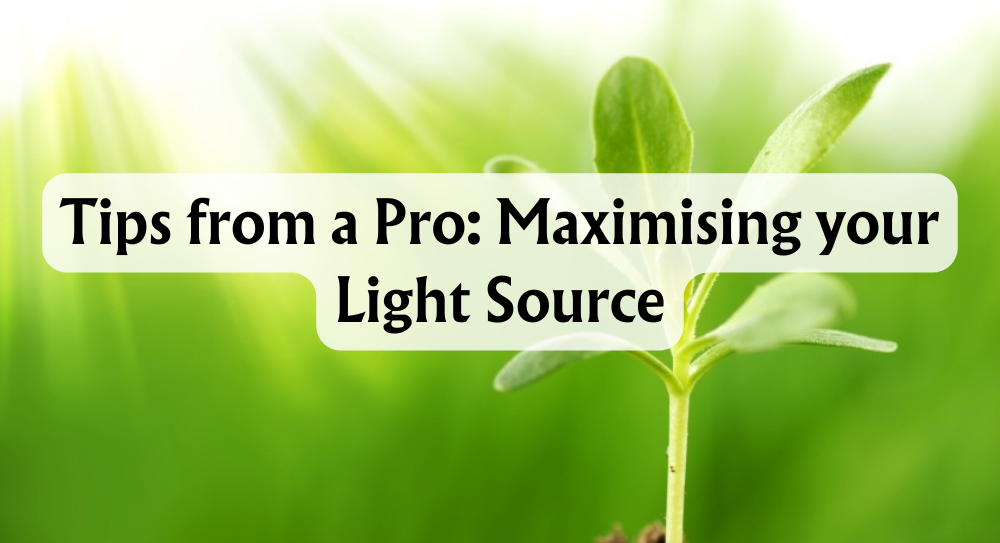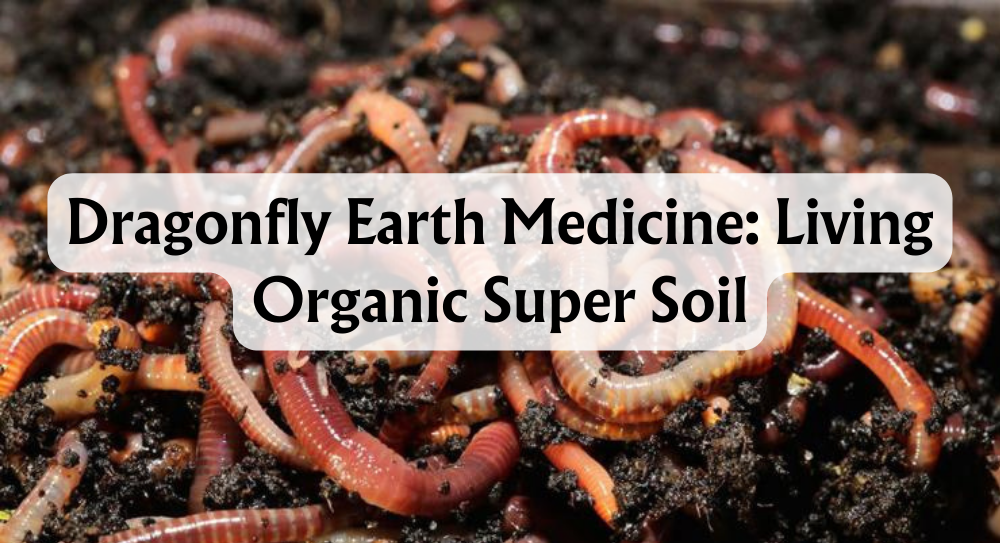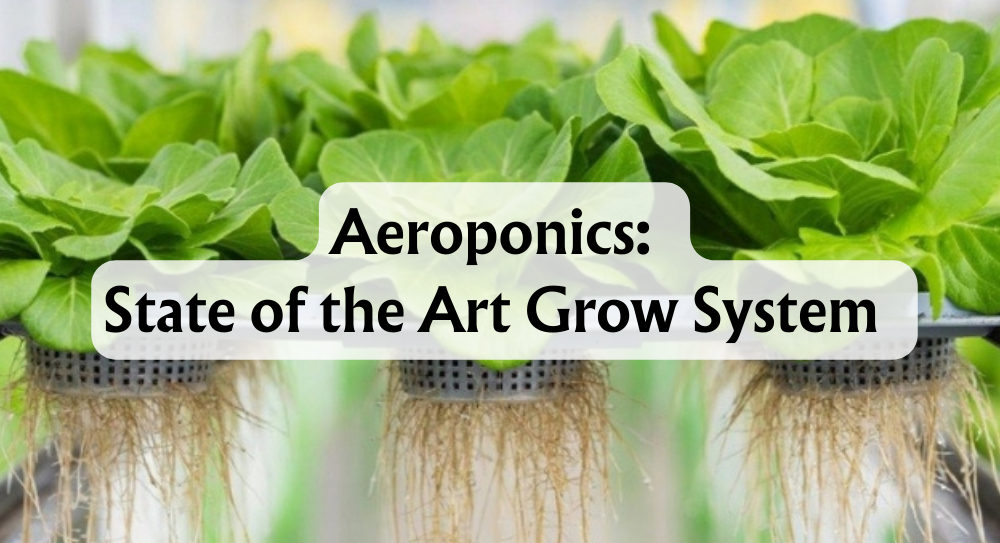Embarking on a journey into hydroponics opens the door to an innovative and efficient method of cultivating plants. This soil-less technique, where plants thrive on nutrient-rich water solutions, is not only fascinating but also highly rewarding. To set up a hydroponic system, some essential supplies are necessary: water, a water basin, adequate lighting, and temperature control equipment.
Hydroponics offers various pathways to nurture robust plant growth. Whether you're considering a basic setup with net pots and air pumps or exploring more sophisticated systems, each choice can significantly impact efficiency and yield. By understanding the supplies and system types, we can tailor our approach to suit individual needs, leading to successful cultivation.
This intriguing world of hydroponics promises faster growth rates and maximises space utilisation, making it perfect for hydroponic gardeners with limited space. We'll delve into everything from basic equipment to advanced systems, with tips on creating a thriving hydroponic system right at home.
Key Takeaways
- Hydroponics grows plants without soil, using nutrient-rich solutions.
- Essential supplies include water, basins, lighting, and temperature control.
- Choose systems wisely for efficient and productive growth.
What Is Hydroponics?
Hydroponics is a fascinating soilless cultivation method allowing us to grow plants directly in a nutrient-rich water solution.
Unlike traditional gardening, the roots of the plants are supported by inert mediums such as perlite, coconut coir, or clay pellets. This gives us precise control over nutrients and environmental factors like light, temperature, and humidity.
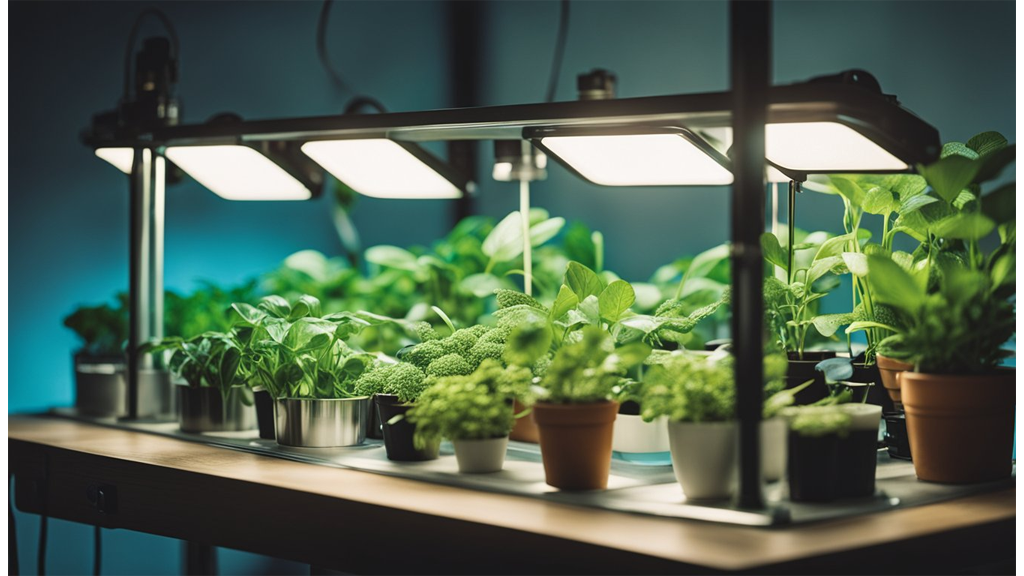
Our hydroponic systems often achieve accelerated growth rates and produce higher yields than soil-based systems. By eliminating soil, we can efficiently manage nutrient delivery, ensuring that plants receive exactly what they need.
This technique is incredibly versatile and can be used in urban environments, like rooftops or indoors, where soil may not be available.
By using hydroponics, we also reduce the amount of water needed for plant growth compared to traditional methods. This makes it an attractive option for sustainable agriculture, especially in areas with water scarcity.
Whether we are growing vegetables, herbs, or ornamentals, hydroponic gardening opens up a world of possibilities for fresh, home-grown produce no matter where we live.
Essential Supplies for Hydroponics
Starting with the right supplies is crucial for establishing a successful hydroponic system. We'll explore key elements from water quality and control to the efficient use of nutrients, grow lights, and additional equipment necessary for optimal plant growth.
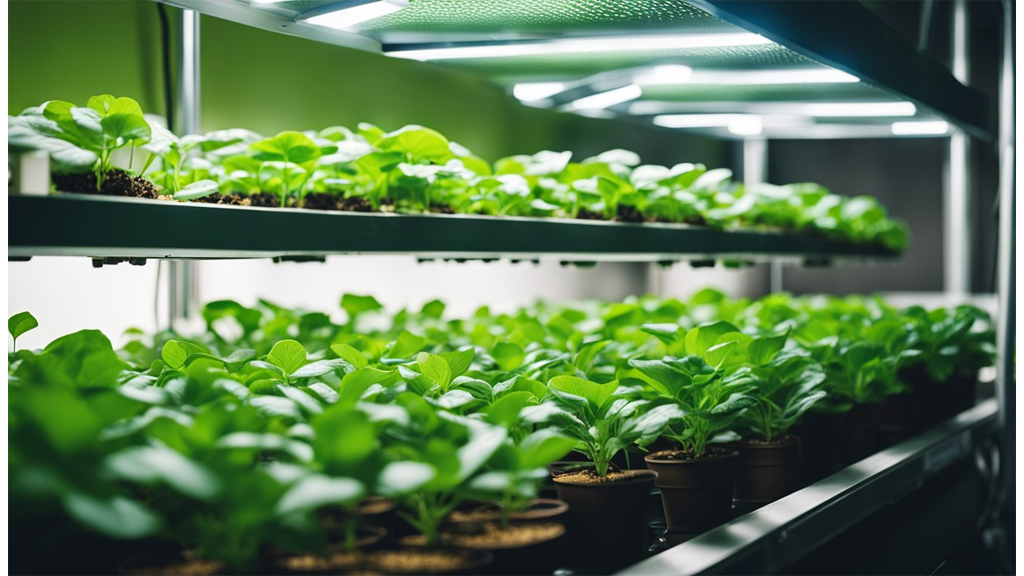
Water
Water is the core of any hydroponic system, serving as the medium for nutrient delivery. We recommend using filtered or distilled water to avoid contaminants. It's vital to maintain a pH level between 5.5 and 6.5 for the best nutrient absorption. The water reservoir should be a food-grade, opaque container to prevent algae and matched to your system's size.
Lighting
Lighting is essential for photosynthesis in hydroponic plants. While natural sunlight is ideal, artificial grow lights like LED, fluorescent, or HID options provide flexibility in settings with limited light. When choosing lights, consider factors such as spectrum, intensity, and energy efficiency. The right light balance fosters robust plant growth and high yields.
Growing Medium
A stable growing medium supports and anchors plant roots, allowing efficient moisture and nutrient retention. Options include coconut coir, perlite, vermiculite, and rockwool. We must consider a medium's ability to provide aeration and retain moisture for the plants' benefit. These characteristics are vital for encouraging healthy root development.
Temperature Control
Maintaining a stable temperature is critical for healthy plant growth. We can use thermometers to monitor air and water temperatures, ensuring they remain ideal for specific plants. Heaters and coolers help adjust temperatures as needed. A water chiller may be necessary in warmer climates to regulate nutrient solution temperatures, preventing root diseases.
Nutrients
Hydroponic systems rely on nutrient solutions specially formulated to deliver essential macro and micronutrients. It's important to follow manufacturer guidelines for mixing and dosing these solutions. Regular monitoring using pH and EC meters helps maintain the proper concentrations, avoiding both deficiencies and toxicities in our plants.
Grow Trays and Tables
Grow trays and tables support plants whilst facilitating nutrient solution delivery. Proper drainage prevents waterlogging, which can be detrimental to plant health. Materials used should be resistant to corrosion and easy to clean. The design should also consider the ease of movement and maintenance within the system.
Additional Supplies
There are several additional supplies essential for enriching our hydroponic setup. pH and EC/TDS meters are vital for assessing solution strength and pH. Pumps—both water and air—are crucial to circulate nutrients and oxygenate the solutions. While an airstone isn't mandatory, it enhances oxygenation, supporting healthier root systems. These tools ensure our plants thrive hydroponically.
Types of Hydroponic Systems
In the world of hydroponics, different systems provide unique benefits and challenges. Selecting the appropriate system depends on factors like space, resources, and the type of plants being cultivated. From the simplicity of Deep Water Culture to the precision of Aeroponics, each system offers something distinct.

Deep Water Culture (DWC)
Overview
In a DWC system, plants are suspended above a reservoir with their roots submerged in nutrient-rich, oxygenated water.
Advantages
This method is straightforward, making it perfect for beginners eager to venture into hydroponics.
Considerations
The primary concern is keeping the water oxygenated to avoid root rot. Consistent aeration is crucial.
Case Study
A home gardener successfully grew lettuce and basil using a DIY system with a simple air pump and storage container setup. The results were impressive, with healthy plants thriving in a straightforward environment.
Ebb and Flow (Flood and Drain)
Overview
This system involves periodically flooding a grow tray with nutrient solution and then draining it away.
Advantages
It excels at delivering nutrients and oxygen efficiently. It's versatile and supports a variety of plant species.
Considerations
You'll need reliable timers and pumps. Regular monitoring is essential to ensure the system functions correctly, avoiding potential mishaps.
Nutrient Film Technique (NFT)
Overview
Plants grow with their roots in a thin, continuous film of nutrient solution flowing through a sloped channel.
Advantages
This technique is extremely efficient in terms of water and nutrient usage. The setup promotes excellent oxygen delivery to the roots.
Considerations
It’s ideal for lightweight plants like leafy greens. Precision setup is key—uneven distribution can hinder plant growth.
Wick System
Overview
A simple method, the wick system utilises a wick to draw nutrients from a solution into the growing medium.
Advantages
This system is passive, requiring no pumps or electricity, making it very low maintenance.
Considerations
It's best suited for small-scale operations with low water-demand plants. The simplicity might limit growth potential compared to more sophisticated methods.
Drip System
Overview
Nutrient solution is dripped directly onto the base of each plant, offering control and efficiency.
Advantages
Allows precise nutrient delivery, reducing waste. Suitable for a wide range of plant types and sizes.
Considerations
Regular maintenance is necessary to prevent the drippers from clogging, ensuring continuous nutrient flow to plants.
Aeroponics
Overview
Plants are suspended in air, and the nutrient solution is misted directly onto the roots.
Advantages
This system optimises nutrient absorption and oxygenation, promoting rapid growth.
Considerations
Aeroponics requires a precise setup and regular monitoring to prevent roots from drying out. It's ideal for advanced growers looking to maximise yield and efficiency.
Each hydroponic system has its own merits and drawbacks, and choosing the right one involves considering our specific needs and constraints. Whether you're just starting or aiming to expand your knowledge, there's always something new and exciting to explore in hydroponics.
Conclusion
In exploring the supplies essential for hydroponics, we’ve identified key components that form the backbone of a successful system. These include lighting, nutrient solutions, water reservoirs, and a medium for plant support such as coco coir or clay pellets. Each plays a vital role in providing plants with the conditions they need to flourish.
We've also learned the importance of a quality water source and maintaining proper temperature conditions. Ensuring the right balance in these aspects helps maximise plant growth and yield, offering a rewarding cultivation experience.
For beginners, it’s crucial to start with the essentials and gradually expand to more sophisticated systems. Investing in quality equipment at the outset can lead to a more efficient and productive hydroponic setup.
Remember, consistent management is key. Regularly recharge nutrient solutions and sterilise hydroponic media to keep the system in optimum condition. Whether you’re growing at home or on a larger scale, these supplies are your foundation for success.







 Store Locator
Store Locator

